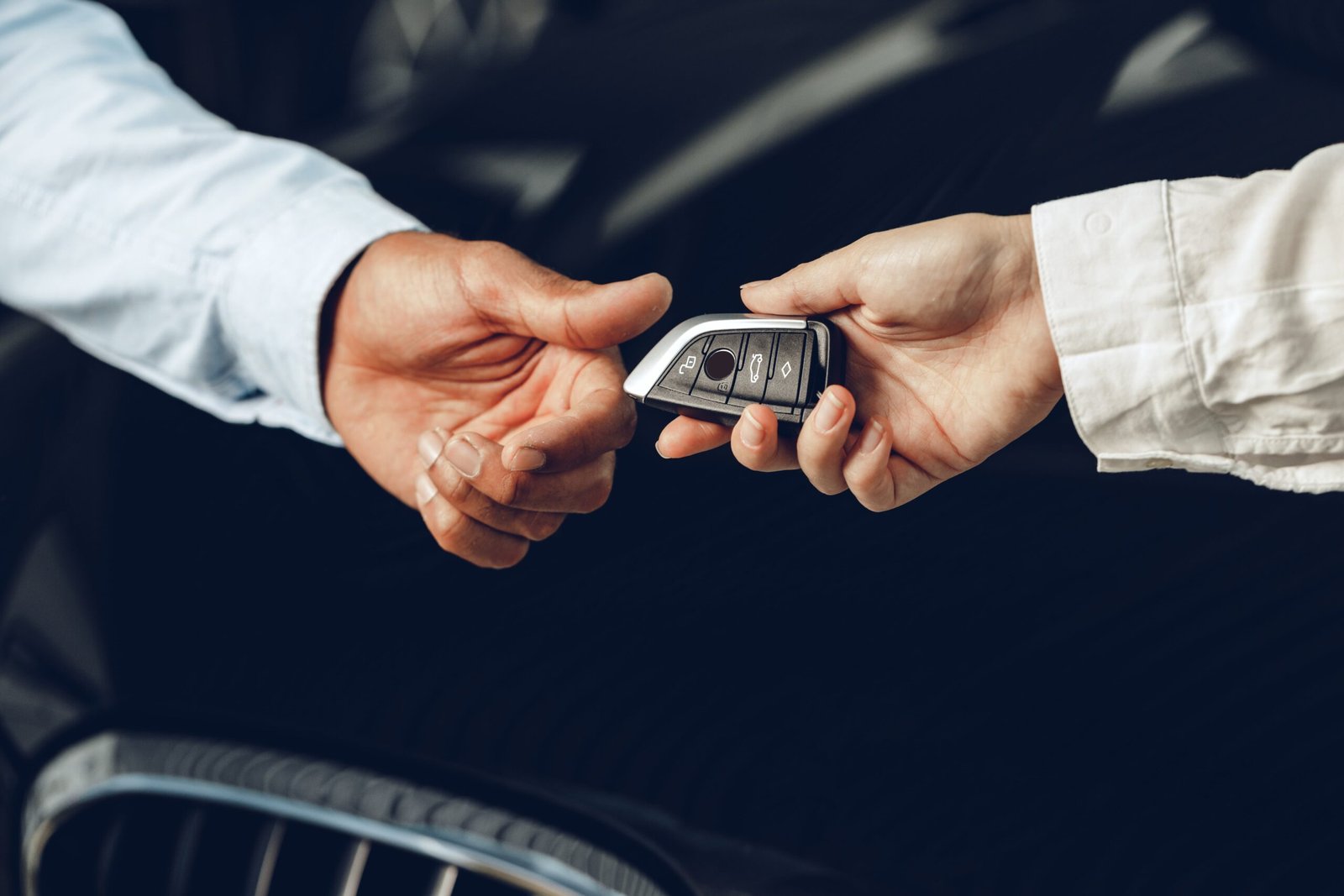15 Interesting Facts About Reprogramming Car Key You've Never Known

Reprogramming Car Keys: A Comprehensive Guide
In today's hectic world, automobiles are a necessary part of day-to-day life, and the technology behind car keys has actually developed substantially throughout the years. Gone are the days of simple mechanical keys; modern-day cars frequently come equipped with advanced key fobs that not only unlock doors however also begin the engine. Sadly, these electronic keys can sometimes stop working or require reprogramming. This post will check out the ins and outs of reprogramming car keys, supplying important info for car owners.
Comprehending Car Key Types
Before delving into the reprogramming process, it's necessary to understand the different kinds of car keys. The most typical types consist of:
- Traditional Mechanical Keys: The most basic kind of a car key, which runs the lock and ignition utilizing a mechanical system.
- Transponder Keys: These keys contain a small chip that communicates with the car's ignition system, making it harder for burglars to steal the vehicle.
- Key Fobs: These remote-controlled gadgets enable keyless entry and may likewise permit keyless ignition.
- Smart Keys: Linked to sophisticated keyless entry systems, clever keys supply the ultimate convenience, enabling the motorist to start the vehicle with the touch of a button.
Understanding these key types is crucial as the programming steps can vary considerably.
Why Reprogramming is Necessary
Reprogramming a car key may be necessary for various factors, consisting of:
- Lost or Stolen Keys: If a key is lost or believed to be stolen, reprogramming is necessary to ensure the car stays secure.
- Changing an Old Key: When a vehicle owner gets a brand-new key, the old key may need to be programmed to avoid it from working.
- Battery Replacement: Changing the battery in a key fob may in some cases need reprogramming to bring back functionality.
- Malfunctioning Key: If a key is malfunctioning, reprogramming may deal with the issue.
Actions for Reprogramming Car Keys
The procedure of reprogramming a car key can differ substantially depending on the make and design of the vehicle. Below is a generalized detailed guide, however it is always recommended to describe the vehicle's user manual for in-depth directions.
Gather Necessary Equipment:
- The new key or key fob
- The vehicle (ideally near the front door)
- The existing working key (if readily available)
Get Inside the Vehicle:
- Close all doors and guarantee the vehicle is totally secured.
Place the Key:
- For cars with conventional keys, insert the key into the ignition.
- For lorries utilizing key fobs, guarantee the fob is inside the car.
Turn the Ignition On and Off:
- Turn the key to the "on" position (not starting the engine) and after that off. Repeat this procedure numerous times (normally 5 times) to get in programming mode.
Observe the Indicators:
- Pay attention to the control panel lights. If maearnoldy.top or stays on, it typically suggests that the car remains in programming mode.
Program the New Key:
- Insert the new key and turn it to the "on" position. Wait on any verification signals, which might include the locking and opening of doors or flashing of lights.
Evaluate the Key:
- After programming, test the brand-new key to guarantee it operates properly.
Repeat if Necessary:
- For lorries that support multiple keys, you may need to duplicate the programming procedure for each new key.
Table of Common Vehicle Makes and Programming Procedures
| Vehicle Make | Key Type | Programming Process |
|---|---|---|
| Ford | Transponder Key | Insert existing key, turn to 'on', place new key. |
| Honda | Key Fob | Insert key, turn to 'on', click lock button on fob. |
| Chevy | Smart Key | Insert key, press brake, and push start button. |
| Toyota | Key Fob/Transponder | Place key, turn to 'on', hold 'lock' button on fob. |
| Nissan | Key Fob | Place existing key, turn on, press 'lock' button. |
Typical Issues During Reprogramming
While the process is usually uncomplicated, there prevail issues that can arise throughout reprogramming:
- Incorrect Sequence: Failing to follow the ignition sequence correctly can result in failure to enter programming mode.
- Defective Key: If the new key is defective or harmed, it might not program correctly.
- Vehicle Settings: Some lorries need particular settings or conditions (like remaining in Park) for effective programming.
- Missing out on Tools: Sometimes, additional tools or codes might be needed, specifically for high-security systems.
FAQs
1. Can I reprogram my car key myself?
Yes, lots of automobiles allow owners to reprogram keys themselves, however the process can differ significantly depending on the make and design. Constantly describe the vehicle's user manual for guidelines.
2. What should I do if the reprogramming stops working?
If the programming does not work, confirm the sequence and the key's condition. If concerns continue, consult a professional locksmith professional or your car dealership.
3. Just how much does it cost to reprogram a car key?
The cost can vary from ₤ 50 to ₤ 200 or more, depending upon the make and model of the vehicle, and whether expert support is needed.
4. Does reprogramming eliminate previous keys?
In some cases, yes. If you're reprogramming a brand-new key in a security system that restricts key access, the older keys might be rendered useless.
Reprogramming a car key is a valuable ability for any vehicle owner. Understanding the kinds of keys, the need for reprogramming, and the general steps involved can save time and cash, guaranteeing that your vehicle stays accessible and safe and secure. While DIY options exist, when in doubt, professional help can help relieve the tension and intricacy of reprogramming car keys. Always ensure you have the right tools and understand your vehicle's specific requirements to make sure successful programming.

